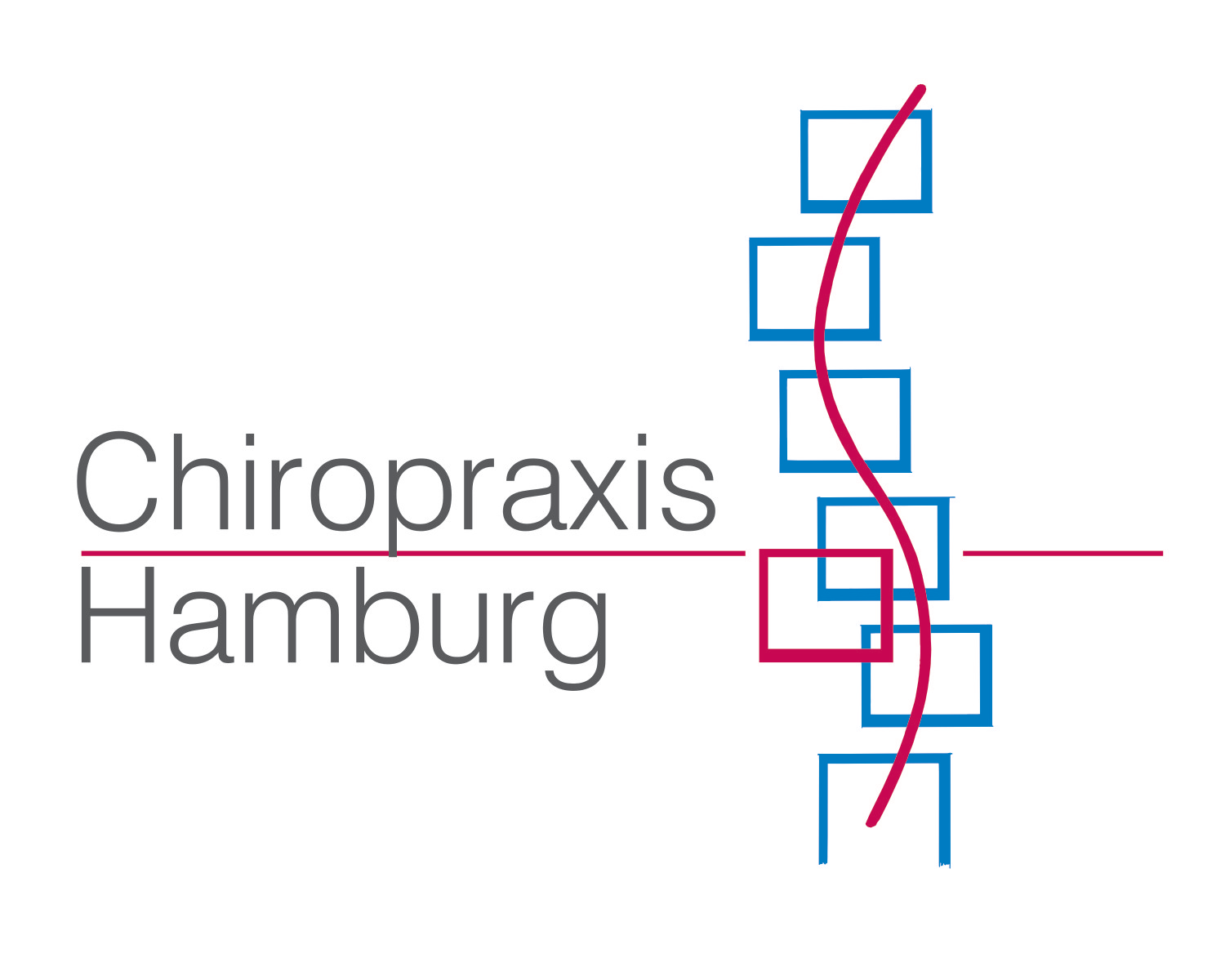Neckpain

Headache
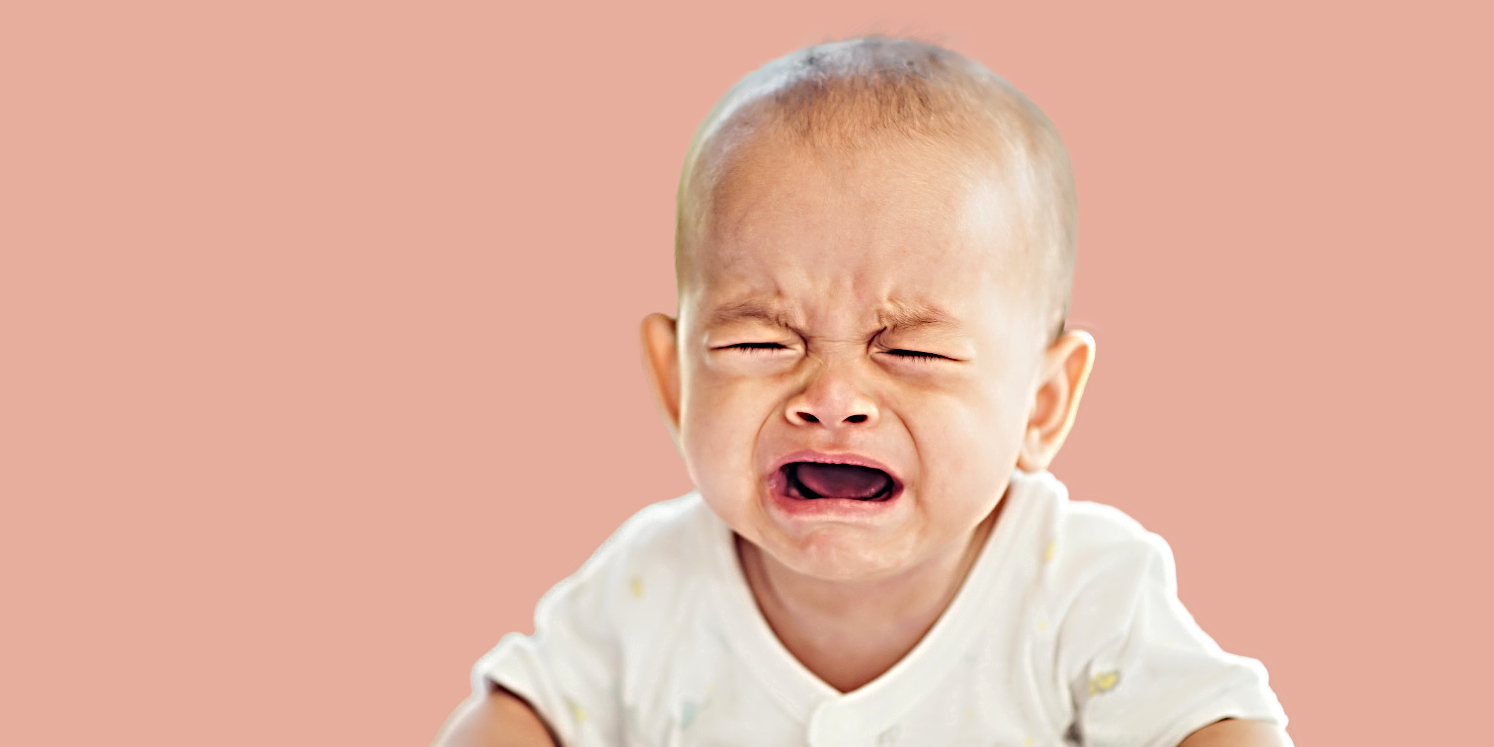
Baby colic

Sport & Extremities

Kids

Other diseases
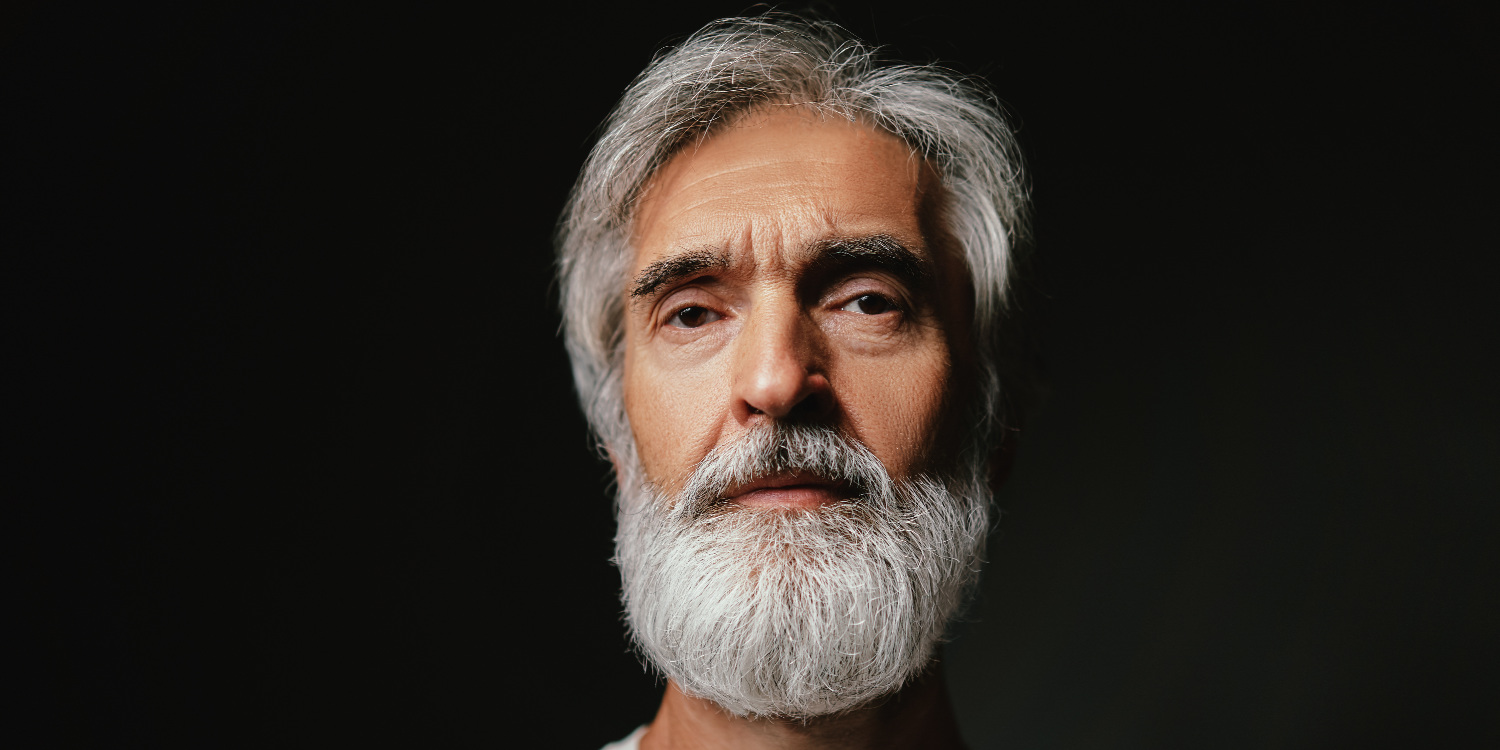
Arthritis
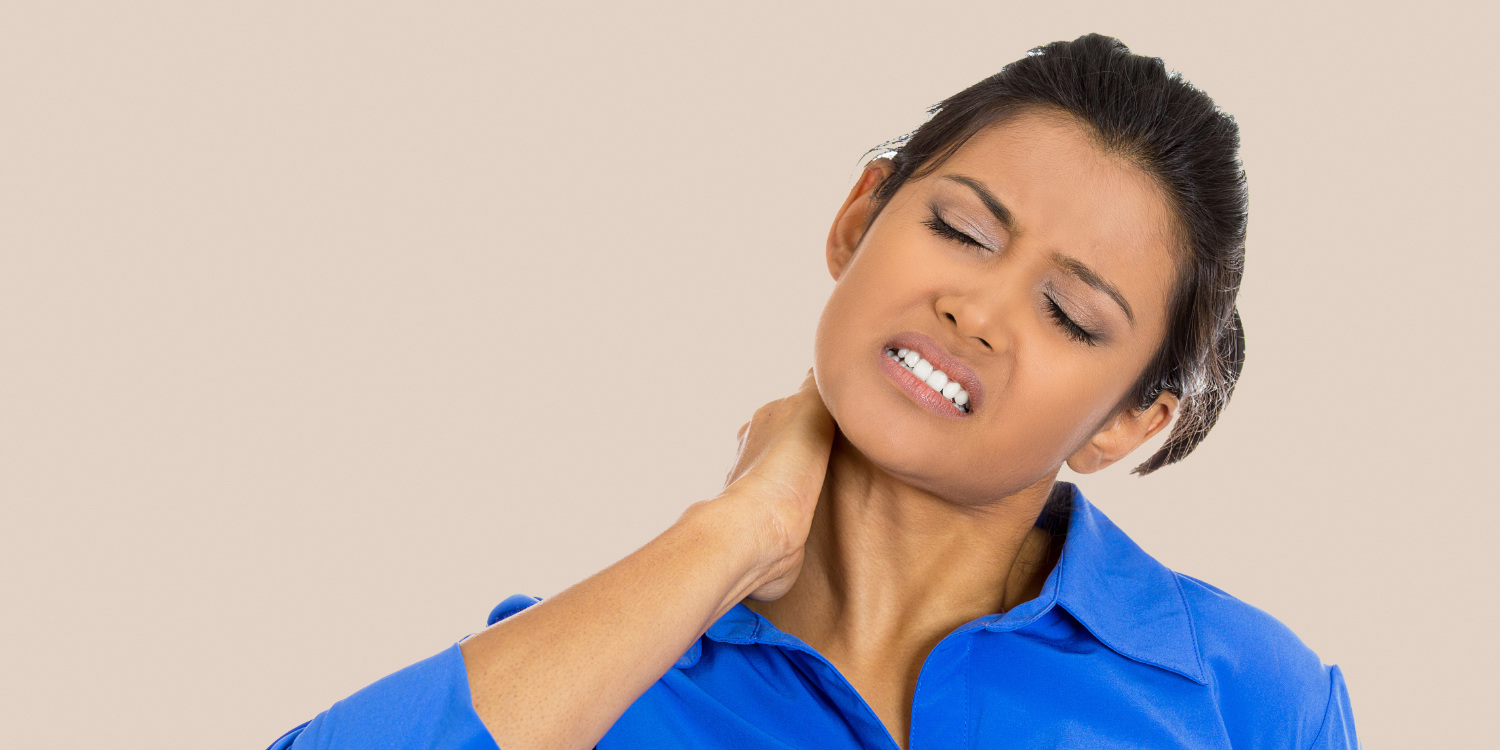
Neck pain

Exercises

Prolaps
Symptoms
After lower back pain, neck pain is the most common disease of the musculoskeletal system and, accordingly, every second patient cites neck pain as the cause of their visit to the chiropractor. The neck has numerous tasks, and the causes of neck problems are many and varied.
A quarter of all adults have experienced neck and shoulder pain in the last 14 days and the frequency of this problem is increasing. Although anyone can be affected by neck pain, people with static and/or one-sided work are most likely to be affected. The main cause of neck complaints is, on the one hand, the essential high flexibility of the cervical spine and, on the other hand, the relatively high weight of the head, which places high demands on the neck muscles. Excessive strain due to incorrect posture, for example, often leads to extreme tension in the muscles.
Function
The uppermost part of the spine consists of seven cervical vertebrae. Together they form a forward curve – as is also found in the lumbar spine. These curves only form after birth. In the cervical vertebrae through the independent lifting of the head and in the lumbar vertebrae through crawling.
The two uppermost vertebrae of the cervical spine differ from the other vertebrae in their structure and function. The Skull is carried on the first cervical vertebra (atlas). It is also connected to the second vertebra (axis) for this purpose responsible for the fact that we can turn our heads to the side. The following five vertebrae are primarily responsible for the fact that we can move our head back and forth. The curve formed by the five lower vertebrae is what makes it possible for our heavy head (3 kg on average). In addition to the fact that from each segment of the cervical spine spinal nerves, the cervical vertebrae, like the rest of the spinal column, protect the “extension of the brain”, namely the spinal cord. the spinal cord.
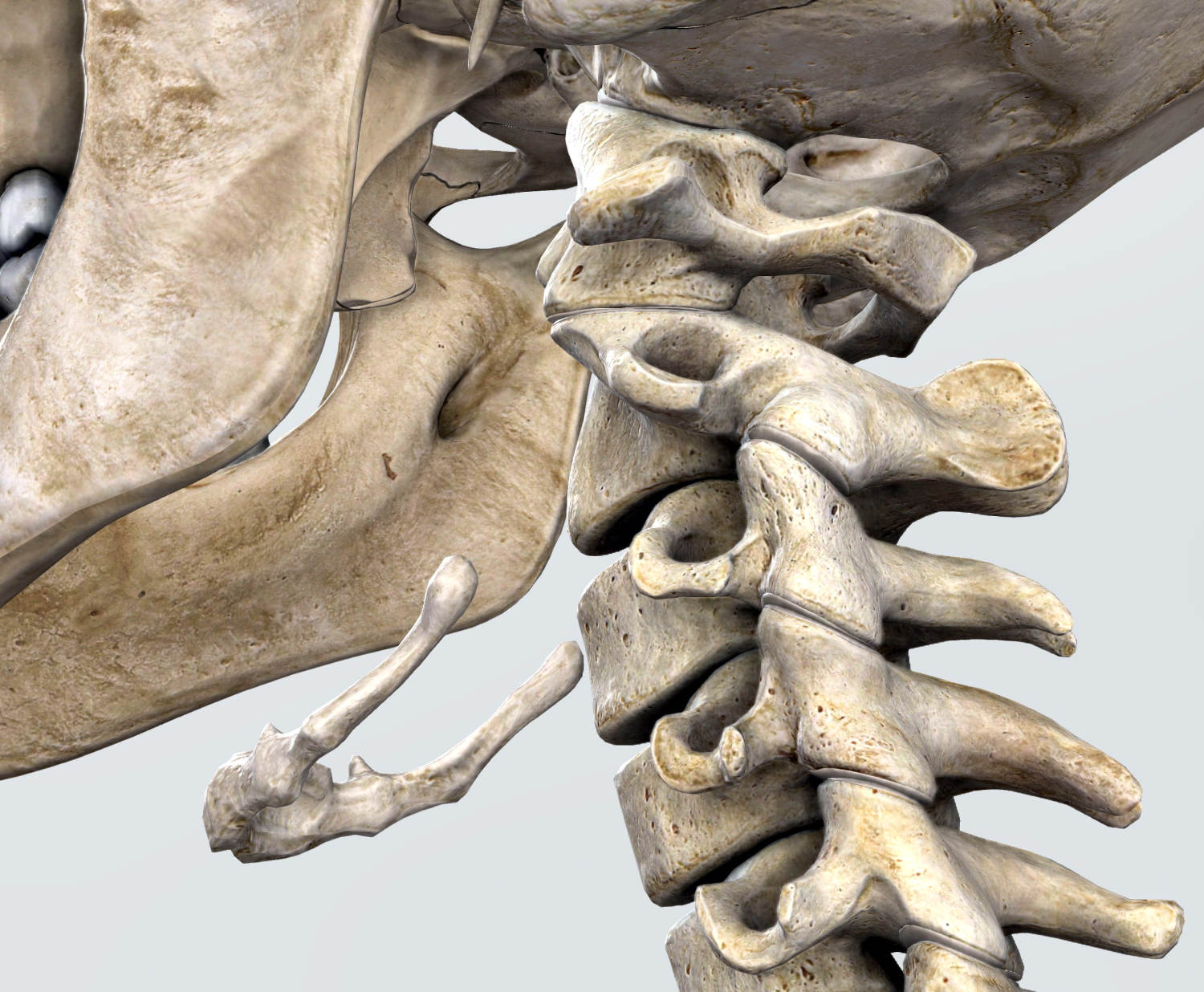
Causes
Neck pain in the form of torticollis is probably the most common and best-known problem.
A torticollis can be caused by a blockage of the cervical vertebrae or extremely tense muscles. The symptoms usually occur very suddenly. In children, often after a respiratory infection or in connection with a jerky head movement. In adults, draughts are a frequent trigger, but an unfavorable position over a longer period of time (incorrect position) can also be the cause.
Wear and tear / osteoarthritis
VeWear and tear in the neck should not be regarded as a disease, as everyone shows signs of wear and tear with increasing age. This is perfectly normal to a certain extent. This degeneration process is easiest to recognize in the intervertebral discs, as they “store” significantly less water over time, which reduces their ability to bear weight or absorb shocks. A change in the vertebral surface can then also be seen on the X-ray; the increased friction due to a lack of fluid makes the surface uneven, which results in a significant restriction of mobility and can also lead to joint stiffness. However, this degeneration process is not necessarily associated with pain.
Nowadays, the wear and tear on joints often exceeds a normal, age-appropriate level. The reasons for this trauma such as a blow or car accident, but hereditary factors, occupational or one-sided strain can also be triggers for excessive wear (osteoarthritis). be triggers for excessive wear and tear (osteoarthritis).

Herniated disc / prolapse
Fortunately, herniated discs (disc prolapse) in the cervical vertebrae are rather rare compared to the lumbar vertebrae.
The reason for this lies in the extreme strength of the ligaments that lie in front of and behind the intervertebral disc. Compared to the ligaments in the lumbar vertebrae, those in the neck are many times stronger and can therefore protect the intervertebral disc better. Another “protective measure” of the neck are small joints (uncovertebral joints) which are also responsible for stabilizing the intervertebral disc.
If, despite all these protective measures, the soft core of the intervertebral disc protrudes, it can exert pressure on a nerve, causing pain in the shoulder blade area and along the arm.
Whiplash
Whiplash is most commonly caused by a car accident. In a whiplash injury, the head is first thrown in one direction and then thrown back in the opposite direction. Depending on the speed, this causes injuries to different types of tissue. Even at low speeds, injuries to the neck muscles, such as torn muscle fibers, can occur. At high speeds, injuries to the ligaments and tendons and even the joint capsules can also occur. The symptoms of a whiplash injury can vary greatly, with patients most frequently reporting a stiff feeling in the neck and shoulder area and pain in these areas, as well as headaches. However, the symptoms can lead to dizziness and visual impairment, although it is not unusual for the symptoms to first appear six months after the accident.
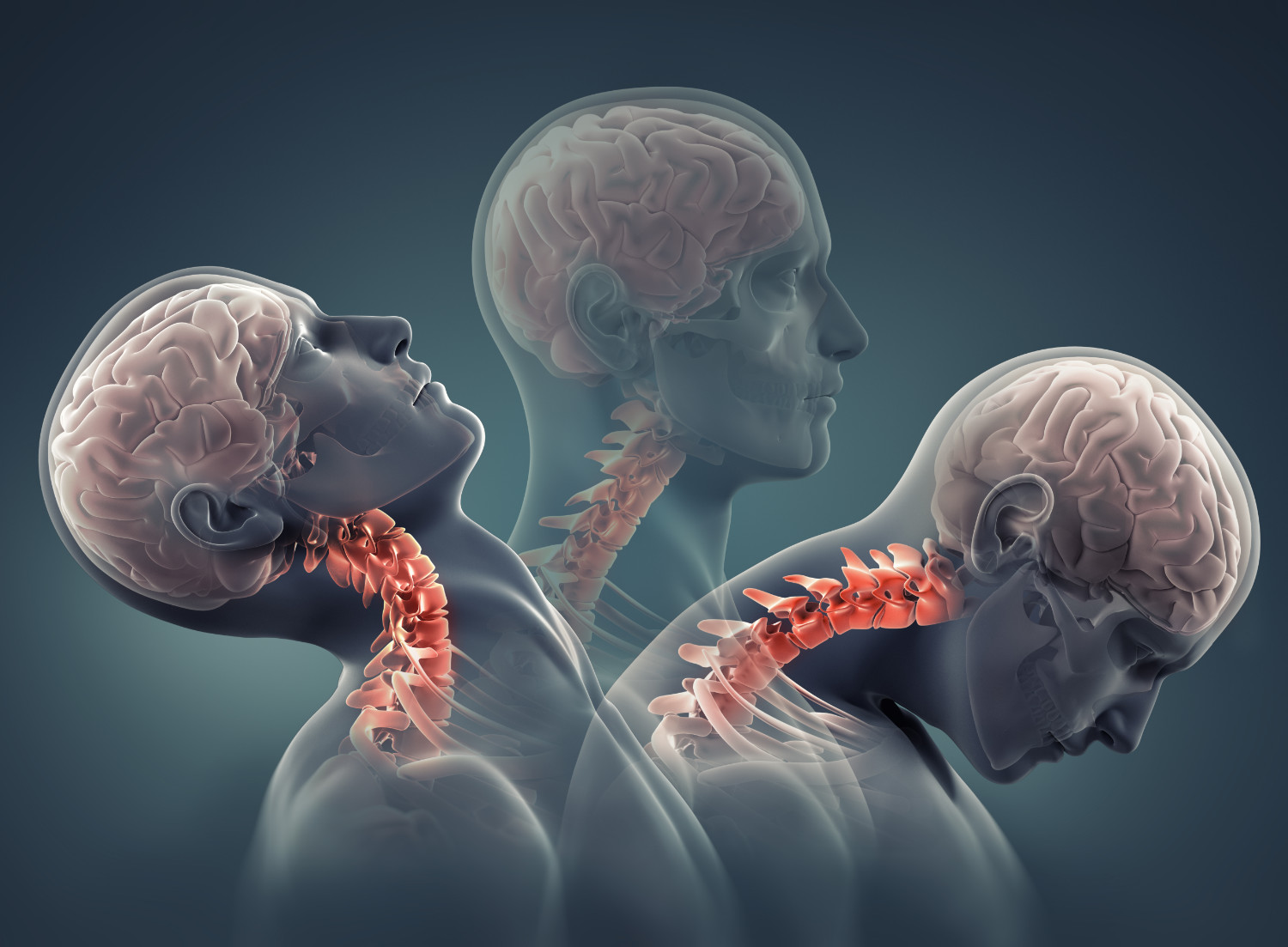
Tension
Tensions are sensitive points in the musculature that occur as a result of prolonged incorrect strain or incorrect posture. Waste products from muscle metabolism accumulate in these areas, which the muscles can no longer remove due to the constant tension. These deposits irritate the muscles to such an extent that they create additional tension in the muscles. A vicious circle with often serious consequences.
Tension can cause a variety of complaints, a characteristic consequence of tension is tension headache, i.e. pain in the back of the head with a strong feeling of pressure behind the eyes. The symptoms usually occur in conjunction with tenderness in the muscles and a feeling of fatigue in the shoulder and arm area. People with a static job, e.g. office, computer etc. are most frequently affected by these tensions.
Other diseases
The above-mentioned problems usually have a mechanical cause, which in almost all cases can be traced back to incorrect behavior during everyday activities. Nevertheless, it is important to be aware that diseases such as gout, osteoporosis, deformities of the vertebrae, metastases, etc. can also cause neck pain. can also cause neck pain.
Prevention
There are many causes of neck pain, and often the trigger for the discomfort cannot be avoided. The chiropractor (Doctor of Chiropractic) is trained exclusively for the treatment of misalignments of the skeleton and the resulting dysfunctions. If a patient visits a chiropractor and he diagnoses a misalignment of the neck vertebrae, he will correct the cause of the discomfort with a targeted treatment of the misaligned segments. Recent scientific studies in the USA and Denmark have shown that chiropractic treatment is one of the most effective treatments for neck pain.
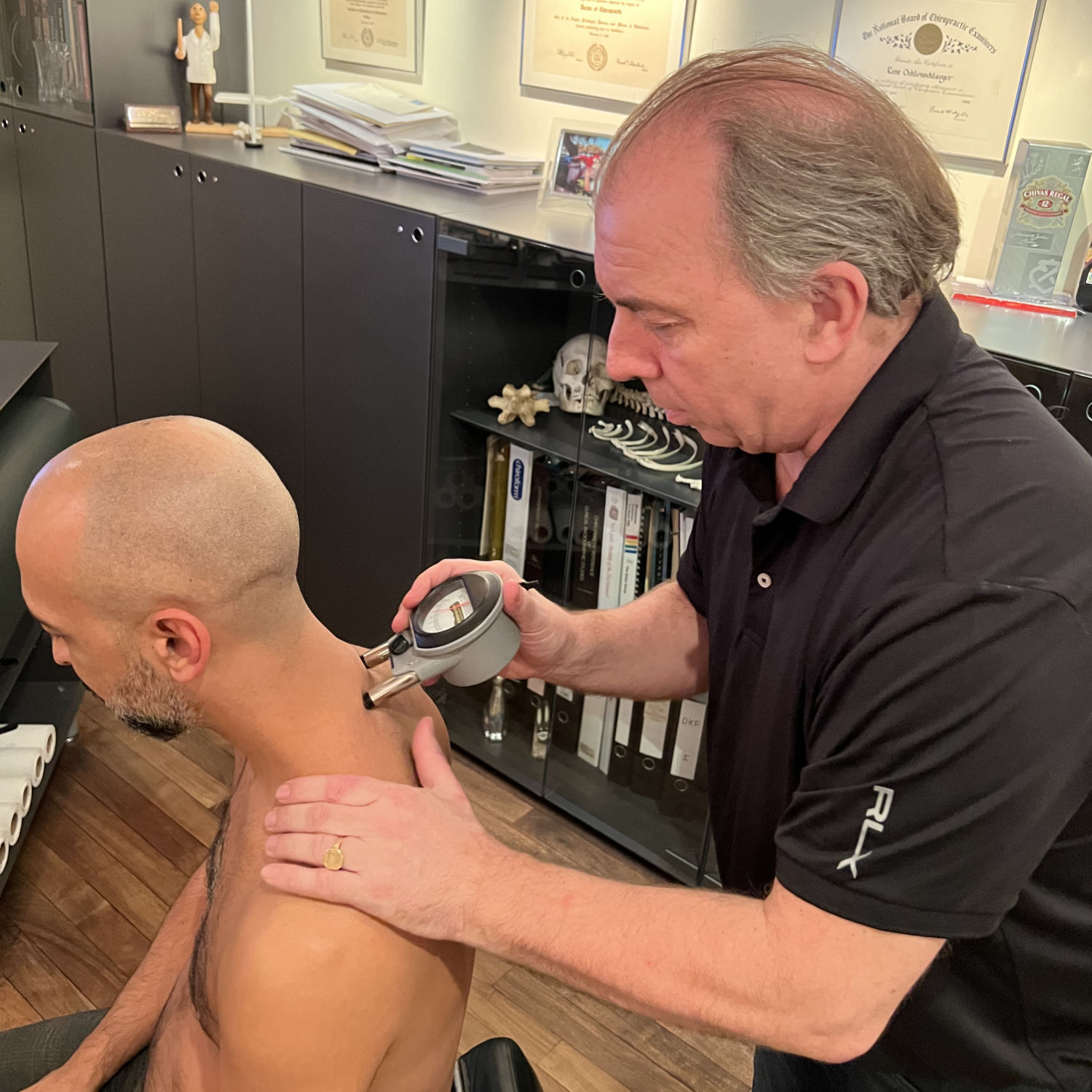
Contact us
+49 (0) 40461420
Telephone times
Monday – Thursday – 08:00-13:00 & 14:00-18:00
Friday – 08:00-17:00
Saturday & Sunday – closed
